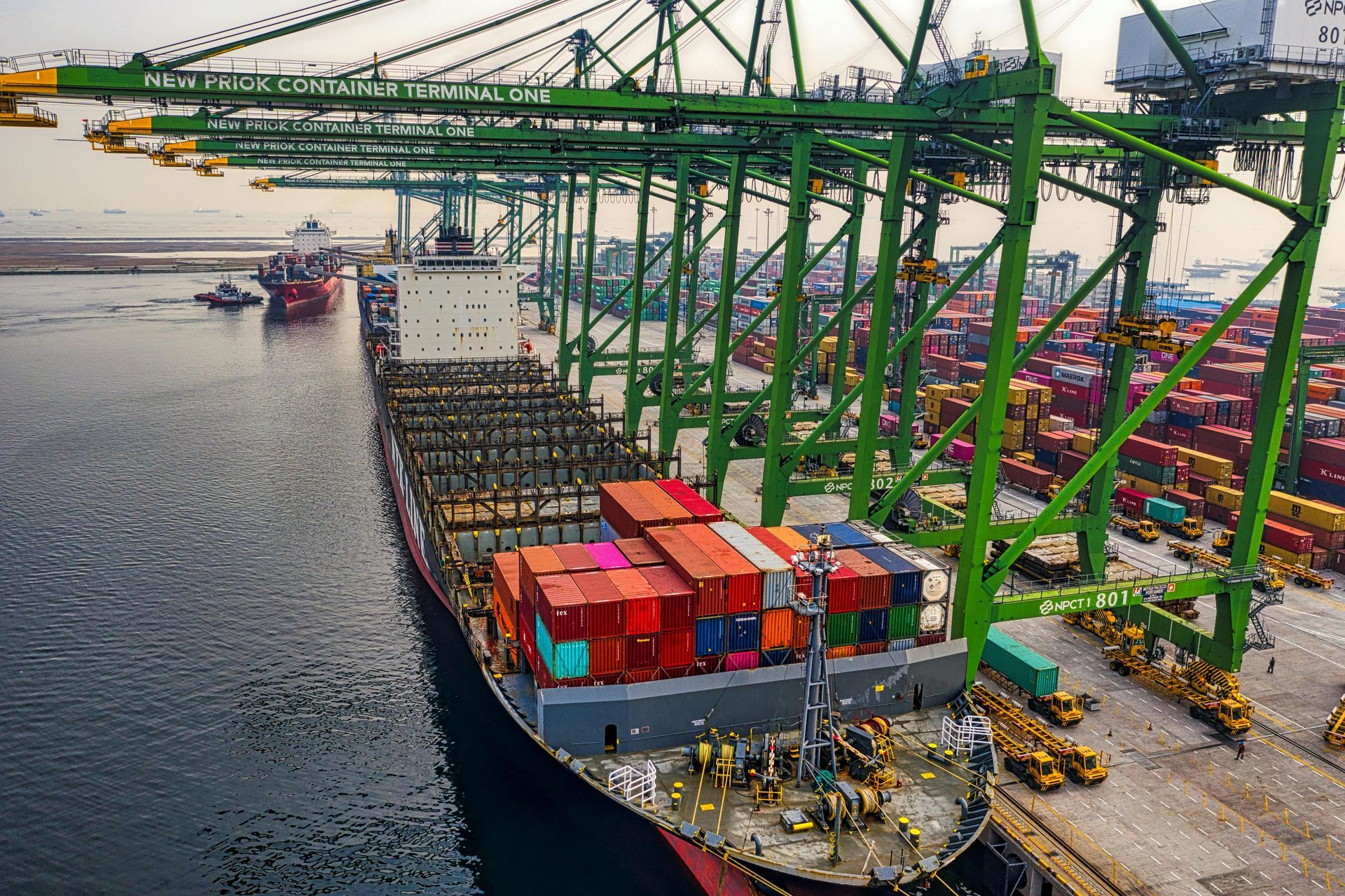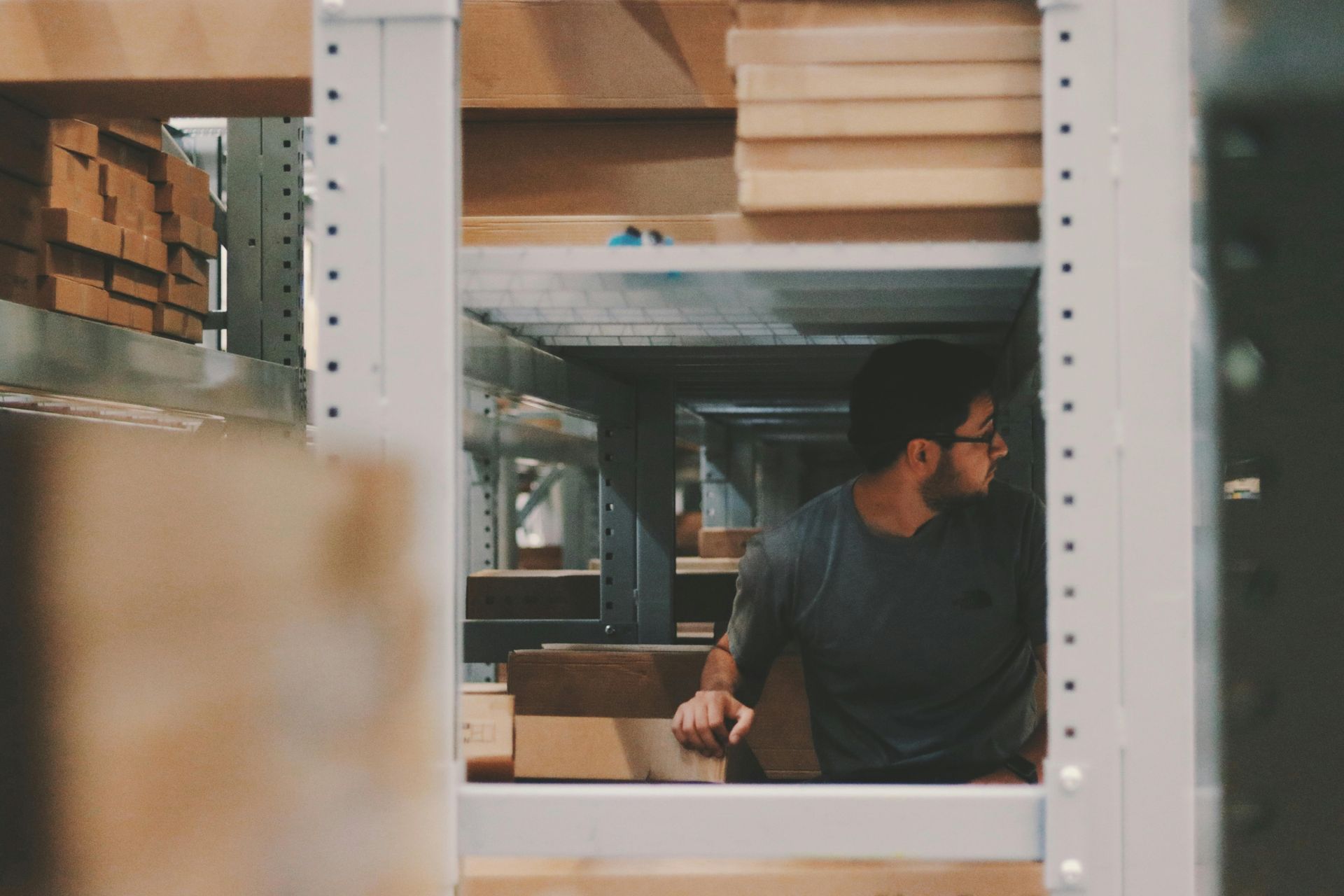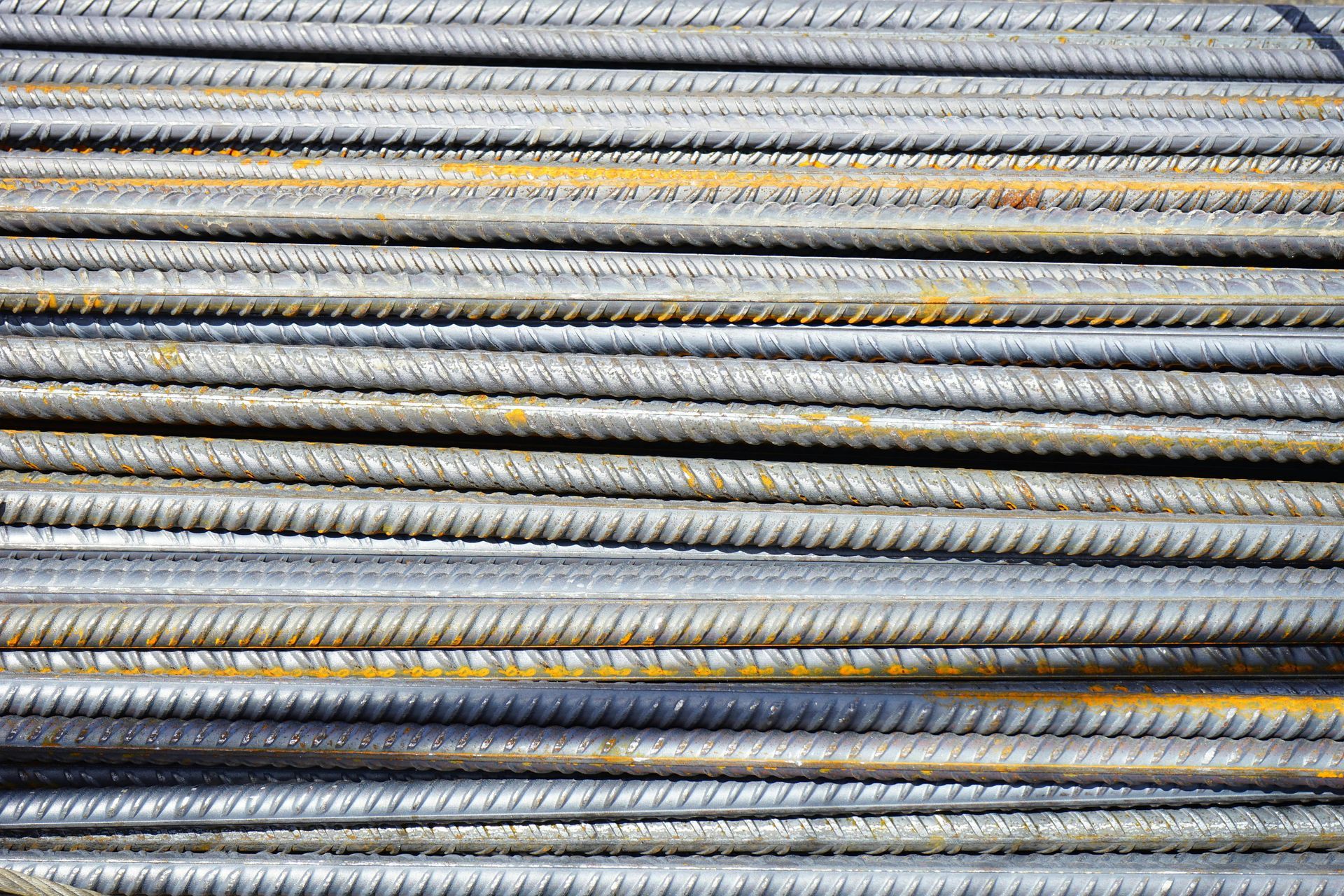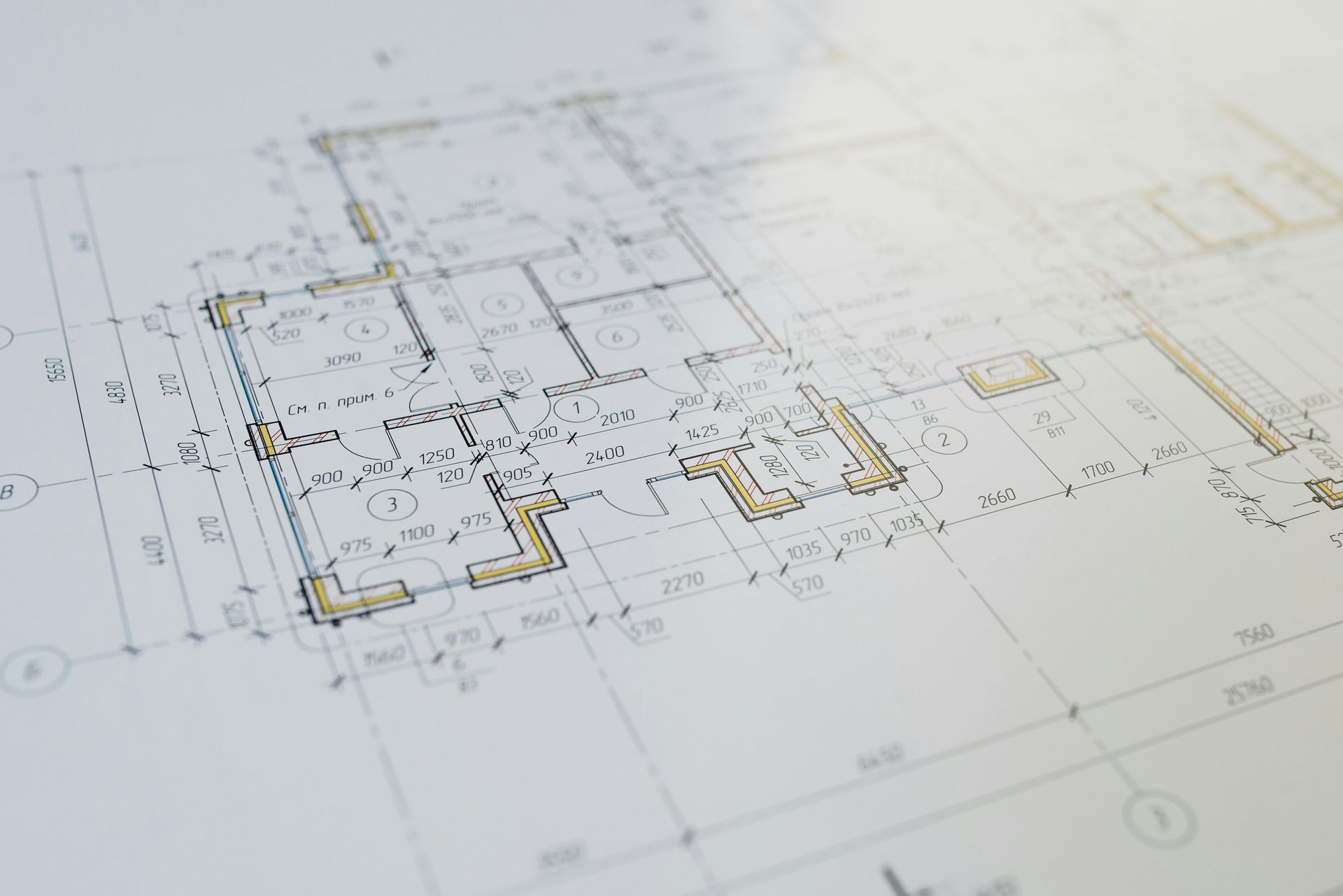Family-Friendly Amenities in MDUs: Designing Spaces for Growing Families
As urban living becomes increasingly popular, more families are choosing to reside in Multiple Dwelling Units (MDUs). These residential buildings offer convenience, community, and access to amenities that suit modern lifestyles. However, for families with children, finding a home that meets their unique needs can be challenging. To attract and retain families, MDUs must offer amenities and features that cater to the specific needs of growing households, creating a comfortable and engaging environment for all members.
In this blog post, we will explore key family-friendly amenities that can be integrated into MDUs to create a welcoming space for families. From kid-friendly play areas to community engagement programs, these amenities can help MDUs stand out as desirable places for families to call home.
Indoor and Outdoor Play Areas
Children need space to play, explore, and stay active, making dedicated play areas a must-have feature for family-friendly MDUs. Designing safe and engaging play spaces, both indoors and outdoors, can provide families with the convenience of having entertainment options for their children close to home.
- Outdoor Playgrounds: Creating an outdoor playground with age-appropriate equipment, such as slides, swings, and climbing structures, can give children a safe place to play and interact with their peers. Including shaded seating areas for parents and caregivers can enhance the appeal of the playground and make it a comfortable place for families to gather.
- Indoor Playrooms: In addition to outdoor spaces, indoor playrooms can be a valuable amenity for families, especially in colder climates or during inclement weather. Indoor playrooms equipped with soft play structures, educational toys, and art supplies provide children with opportunities for creative and active play, while giving parents peace of mind knowing their kids are in a secure environment.
- Multi-Use Play Spaces: Designing play areas that are versatile and adaptable can help cater to children of different ages and interests. For example, a multi-use play space could include a basketball court, a grassy area for running, and an open area for games like hopscotch or four square, offering a variety of activities that suit children of all ages.
Family-Oriented Community Rooms
Community rooms designed with families in mind can serve as a space for gatherings, events, and activities that bring residents together. These rooms can be used for everything from birthday parties to workshops, providing an important space for social interaction and community-building.
- Activity Rooms: Family-oriented community rooms can include designated areas for different activities, such as a craft corner with art supplies, a library nook with children's books, and a game area with board games. Having a variety of options ensures that families with children of different ages can all find something to enjoy.
- Family Events: Hosting family-focused events, such as movie nights, game nights, or seasonal celebrations, can create opportunities for families to connect with their neighbors. These events can help foster a sense of community within the MDU, making it feel like more than just a place to live.
- Birthday Party Spaces: Providing a space that residents can reserve for birthday parties and celebrations can be a valuable amenity for families. This eliminates the need to rent a venue elsewhere and allows families to celebrate special occasions within the comfort of their community.
Childcare and Learning Spaces
For working parents, having convenient access to childcare and learning opportunities can greatly enhance their quality of life. Incorporating childcare and educational amenities into MDUs can make these buildings more attractive to families looking for a supportive community.
- On-Site Daycare Facilities: Providing on-site daycare facilities can be a significant draw for families. On-site daycare can offer convenient, high-quality childcare options for working parents, eliminating the need for long commutes to off-site childcare centers. These facilities should be staffed by qualified professionals and designed to ensure the safety and well-being of children.
- Learning Centers and Tutoring Rooms: Creating dedicated spaces for learning and tutoring can provide children with a quiet place to study or receive academic support. Learning centers equipped with desks, computers, and educational resources can be especially beneficial for school-age children who need a conducive environment for doing homework or participating in virtual classes.
- After-School Programs: Hosting after-school programs that offer educational activities, arts and crafts, or physical activities can provide children with structured and engaging experiences after school hours. These programs can also give parents peace of mind, knowing their children are engaged in productive and supervised activities.
Family Wellness and Fitness Amenities
Physical activity is important for both children and adults, and having access to family-friendly fitness amenities can encourage residents to stay active together. Designing wellness spaces that cater to the needs of families can help promote healthy habits for all members of the household.
- Family Fitness Classes: Offering fitness classes designed for families, such as parent-child yoga, family Zumba, or group fitness sessions, can encourage residents to stay active while spending quality time together. These classes can be held in a dedicated fitness studio or even on the rooftop to take advantage of outdoor space.
- Children's Swimming Pools: In addition to standard pools, providing a shallow children's pool or splash pad can be a great amenity for families. These facilities allow young children to safely enjoy the water while developing their swimming skills. Including comfortable seating and shaded areas around the pool can create a relaxing environment for parents to supervise their children.
- Sports Courts and Fields: Basketball courts, soccer fields, and other sports facilities can provide opportunities for physical activity and team play. By incorporating sports amenities into the MDU design, developers can encourage children and adults to stay active and participate in recreational activities together.
Pet-Friendly Features for the Whole Family
Pets are often an important part of family life, and providing pet-friendly amenities can help ensure that every member of the family—furry or otherwise—feels at home in the MDU.
- Dog Parks and Pet Play Areas: A dedicated dog park or pet play area can provide a safe space for pets to exercise and socialize. This is particularly important for families with young children, as it allows pets to get the exercise they need without compromising the safety of play areas designated for children.
- Pet Grooming Stations: On-site pet grooming stations can make it easier for families to care for their pets without the hassle of transporting them to an off-site grooming facility. These stations can include bathing tubs, drying areas, and grooming tools, providing convenience for pet owners.
- Pet Etiquette Education: Offering educational materials or workshops on pet etiquette can help ensure that pets are well-behaved and that common areas remain enjoyable for all residents. This can be particularly valuable for families with young children who may be unfamiliar with interacting safely with pets.
Safety and Security Features
Safety is a top priority for families, and incorporating features that enhance security can help give parents peace of mind. Designing MDUs with safety in mind can help create a secure environment where families can thrive.
- Secure Entry Systems: Installing secure entry systems, such as keycard or biometric access, can help ensure that only authorized residents and guests can enter the building. This enhances the safety of all residents and reduces the risk of unauthorized individuals accessing the property.
- Childproofing Common Areas: Childproofing common areas, such as community rooms, fitness centers, and outdoor spaces, can help prevent accidents and ensure that children are safe while using these amenities. Features like safety gates, rounded corners, and soft surfaces can reduce the risk of injury.
- 24/7 Security and Surveillance: Providing 24/7 security personnel or surveillance cameras can help create a safe environment for families. Visible security measures can also provide reassurance to parents, knowing that their children are safe while playing in common areas or walking through the property.
Designing MDUs That Meet the Needs of Modern Families
Family-friendly amenities are essential for creating MDUs that are welcoming and accommodating to growing families. By incorporating features like indoor and outdoor play areas, family-oriented community rooms, childcare and learning spaces, family wellness amenities, pet-friendly features, and enhanced safety measures, developers can create MDUs that offer a high quality of life for residents of all ages.
MDUs that prioritize the needs of families can help create a sense of community, encourage social interaction, and provide a comfortable and supportive living environment. As more families choose to live in urban areas, the demand for family-friendly MDUs will continue to grow. By designing buildings with families in mind, developers can create vibrant, inclusive communities where all residents can thrive and feel at home.
Creating a family-friendly MDU is about more than just providing a place to live—it's about creating an environment where families can grow, connect, and create lasting memories together.









